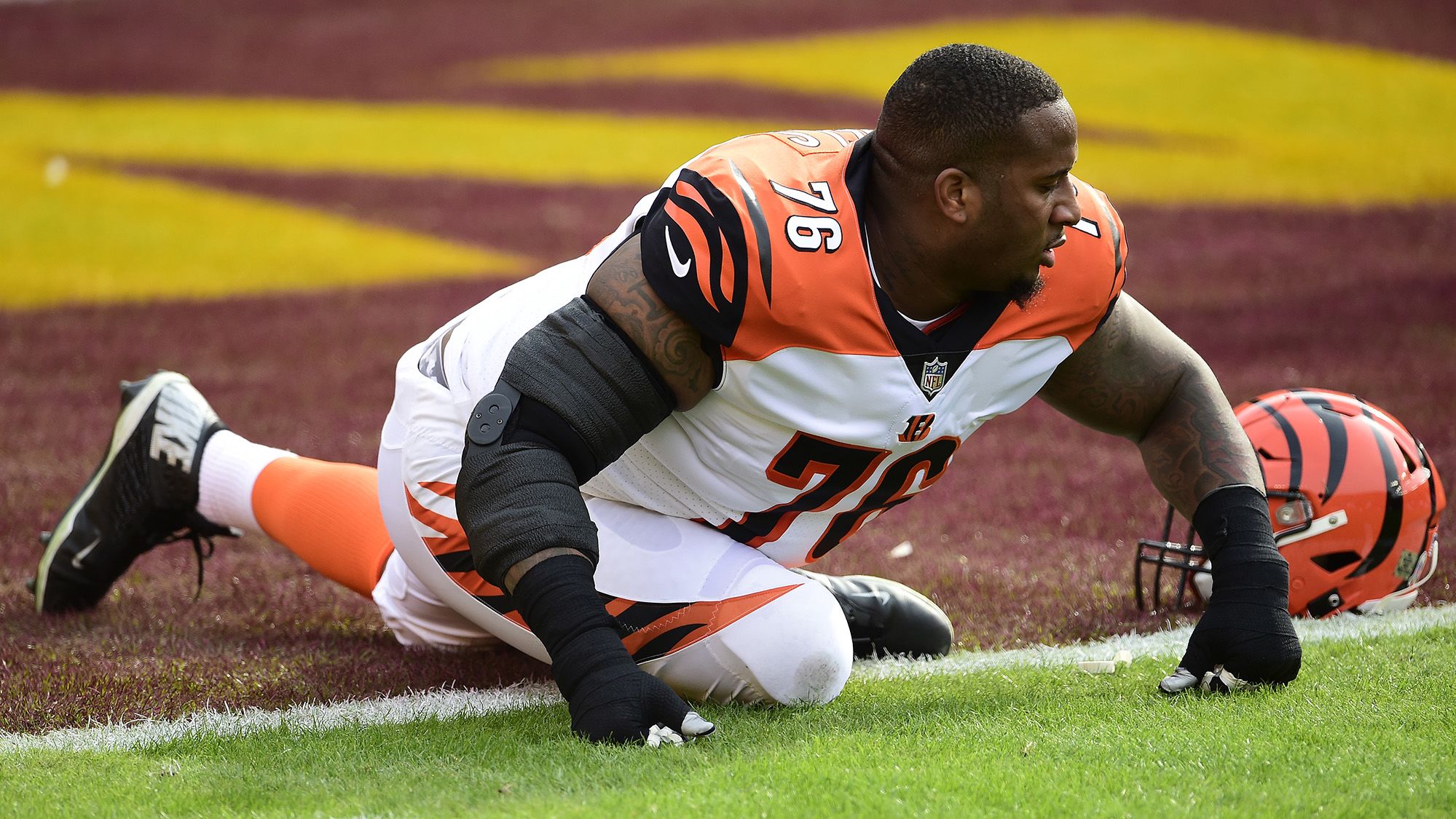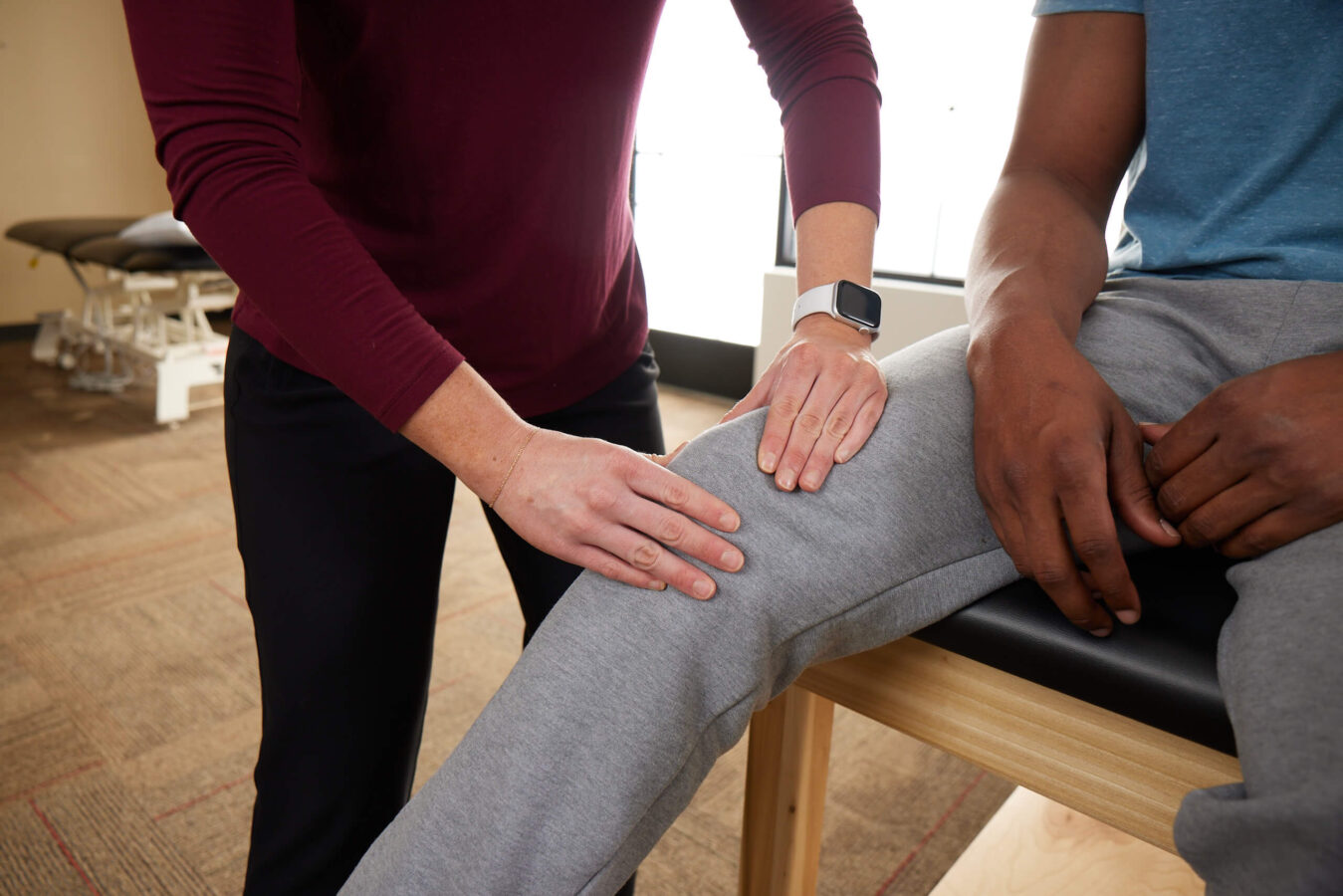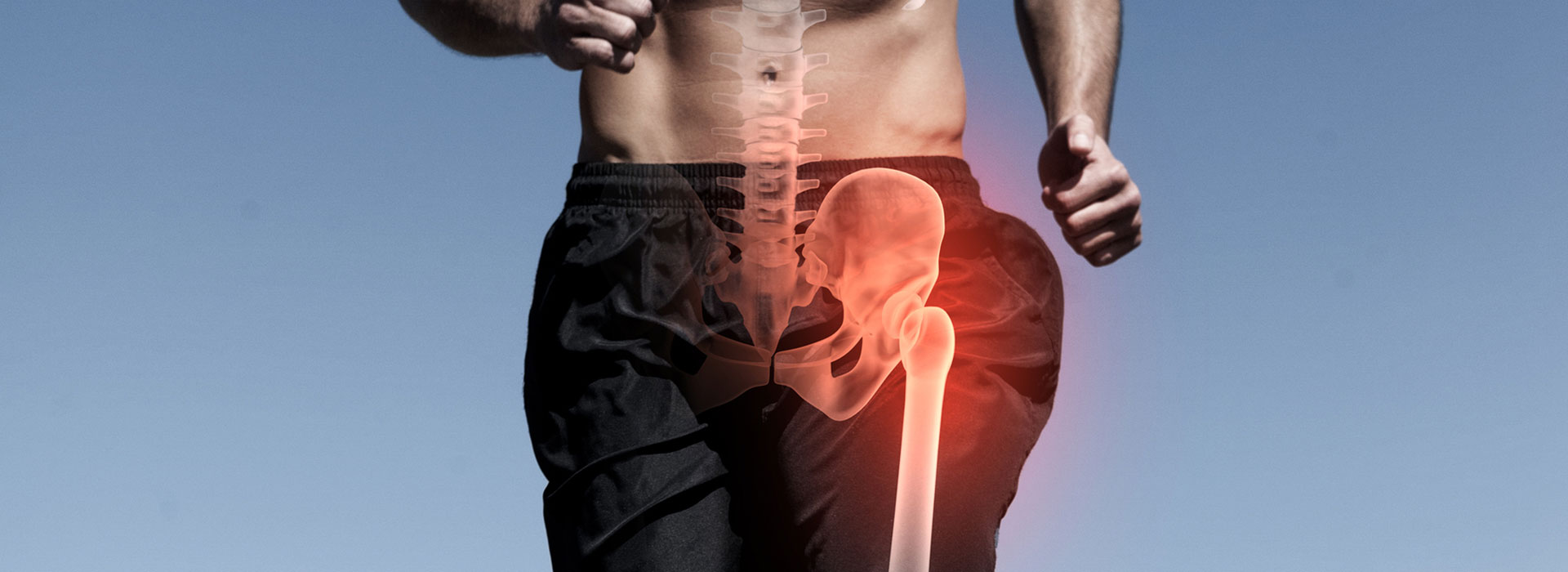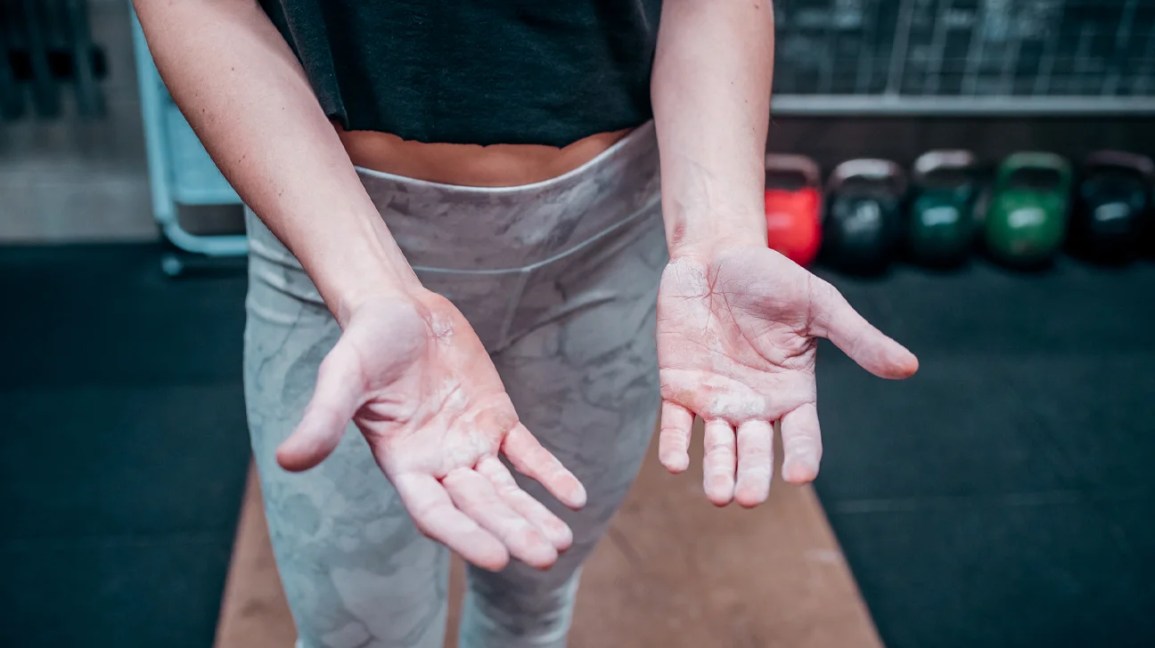Bowlers hip, a repetitive strain injury, affects individuals who regularly engage in bowling. This condition can lead to hip pain and stiffness.
Engaging in a sport like bowling requires a distinctive motion, often a twist and extension of the hip, which can over time cause wear and strain on the hip joint and surrounding muscles. As a result, bowlers may experience discomfort commonly referred to as bowlers hip.
This particular type of strain is not limited to bowling professionals; even casual players can fall prey to it with increasing frequency of play and inadequate warm-up routines. Understanding and addressing bowlers hip early is vital, typically involving rest, targeted exercises, and proper bowling form to prevent exacerbation of the condition. This hip problem can be a significant hindrance, affecting your game and daily life, so timely intervention and proper technique are crucial for those affected.

Credit: www.cnn.com
Introduction To Bowlers Hip
Bowlers Hip is a common condition faced by many athletes, especially those who partake in sports involving repetitive hip motions. This condition can cause discomfort and restrict movement, making it a significant concern for bowlers who rely on their hip function for performance. It’s crucial for bowlers to be aware of this condition, its symptoms, and causes to address and prevent potential hip issues effectively. This section covers the basics of Bowlers Hip and what to look out for in terms of symptoms and causes.
Identifying Symptoms
Recognizing the early signs of Bowlers Hip is key to seeking timely treatment. Symptoms include:
- Pain in the hip or groin area during or after bowling
- Stiffness or reduced range of motion in the hip joint
- A popping sensation when moving the hip
- Soreness after periods of inactivity or rest
Not all symptoms are the same, and they can vary in intensity from person to person. It’s essential to monitor any hip discomfort experienced during or after participating in bowling.
Understanding Causes
The causes of Bowlers Hip often relate to repetitive strain and overuse of the hip joint. Key contributors include:
- Repetitive twisting motions during bowling
- Overextending the hip beyond its usual range of motion
- Improper warm-up routines or lack of stretching
- Using incorrect bowling techniques, which can put undue stress on the hips
Understanding these causes helps bowlers take preventive measures, such as technique adjustments and proper warm-up exercises, to minimize the risk of injury.

Credit: www.benchmarkpt.com
Essential Anatomy Of The Hip
The hip joint is where the thigh bone (femur) meets the pelvis. It is one of the body’s largest and most complex joints. The dome-shaped top of the femur, known as the femoral head, fits snugly into the acetabulum, a cup-like socket in your pelvis. This ball-and-socket configuration allows for multidirectional movement and supports activities like walking, jumping, and yes, bowling.
In this intricate joint, a layer of cartilage prevents friction where the bone surfaces would otherwise rub together. Surrounding muscles, tendons, and ligaments work in unison to provide stability and facilitate movement. For bowlers especially, understanding this anatomy is key to avoiding injury.
Role Of Hip Flexors In Bowling
The hip flexors are a group of muscles at the front of your hip. They allow you to lift your knees and bend at the waist. Bowlers rely on these muscles during the approach and delivery phases of their game.
- The psoas major and iliacus are primary hip flexors.
- They work to pull your thigh towards your torso.
- This action is crucial for generating the momentum needed for a powerful bowl.
Link Between Hip Pain And Leg Soreness
Hip pain in bowlers can often lead to leg soreness, particularly after a long game or session. This happens because:
- Muscles in your hip and legs work together.
- When hip flexors are overused or strained, it affects the whole leg.
- Consistent pain may indicate greater underlying issues, like Bowlers Hip.
Diligent stretching and warm-ups can reduce this pain. Nonetheless, should the soreness persist, consulting a healthcare professional is wise.
Preventing Bowlers Hip
Bowler’s Hip is a common issue for those passionate about bowling. Extra care can keep you throwing strikes without pain. To ensure a healthy bowling experience, we’ll dive into key preventive measures. These practices protect against hip strain and injury.
Importance Of Warm-ups
Warm-ups prime your muscles for the action ahead. They boost blood flow to your hip area. This helps prevent tears and strains common in bowling. Always begin with a warm-up.
- Start with a five-minute brisk walk or jog.
- Do some dynamic stretches like leg swings and lunges.
- Include low-impact exercises to target the hip area.
Recommended Stretching Routines
Stretching is crucial for maintaining hip flexibility and strength. Here’s a routine to keep the bowler’s hip at bay:
| Stretch | Duration | Repetitions |
|---|---|---|
| Standing Quad Stretch | 30 seconds | 3 per leg |
| Seated Groin Stretch | 30 seconds | 3 |
| Figure Four Glute Stretch | 30 seconds | 3 per leg |
| Hip Flexor Stretch | 30 seconds | 3 per leg |
Include these stretches in your warm-up and cool-down routines. Hold each stretch to the point of mild tension, not pain. Consistency is key.
:max_bytes(150000):strip_icc()/posture-front-before-vs-after-2000-4a3b2aa3fcd74c0fa0945e18206ad06c.jpg)
Credit: www.shape.com
Effective Pain Relief Strategies
Dealing with Bowler’s Hip can be a challenge, but certain strategies provide effective pain relief. Understanding how to manage discomfort is crucial for bowlers who do not want to be sidelined by this common issue. The right combination of rest and safe medication can make a world of difference. Discover the best ways to recover and manage pain.
Rest And Recovery Tips
- Limited Activity: Scale down bowling sessions to give hips time to heal.
- Ice Therapy: Use ice packs to reduce inflammation and numb the pain.
- Gentle Stretching: Stretch hip flexors and muscles carefully to improve flexibility.
- Proper Sleep: Ensure enough sleep to allow the body’s natural recovery process.
- Gradual Return: Resume bowling gradually to prevent re-injury.
Using Anti-inflammatories Safely
| Medication | Instruction | Precautions |
|---|---|---|
| NSAIDs | Follow dosage on label or as prescribed. | Avoid long-term use without consulting a doctor. |
| Acetaminophen | Use for mild pain relief. | Do not exceed recommended dose. |
| Topical Creams | Apply directly to the affected area. | Monitor for skin irritation. |
Always consult a healthcare professional before starting any new medication. Recognize the signs of potential side effects like stomach pain, bleeding, or kidney issues.
Techniques To Enhance Bowling Form
Bowlers know the drill: Each roll down the lane demands technique as much as strength.
Yet, form often takes a backseat, leading to common injuries like Bowler’s Hip.
Perfecting your bowling form is crucial in preventing these painful setbacks.
Let’s dive into the best methods to align your hips and back properly for a seamless bowl.
Correct Hip And Back Alignment
Aligning your hips and back is the foundation for a powerful, precise game.
Ensure your approach starts with feet shoulder-width apart, distributing weight evenly.
Maintain a straight but relaxed back as you launch the ball, with your hips moving directly towards the pins.
Visualize a straight line running from your head to the sliding foot during your swing.
This line keeps your body on track, preventing twists that lead to injury.
Avoiding Common Form Mistakes
- Not warming up – Start with stretches to prepare your body.
- Overextending – Avoid lunging too far, which puts pressure on your hip.
- Imbalanced stance – Keep your body aligned for a smooth release.
Keep these tips in mind for every game: Warm up, stay balanced, and move with precision.
This trio of principles helps maintain a hip-friendly form, ultimately enhancing your bowling prowess.
Professional Treatments And Therapies
Professional Treatments and Therapies for Bowlers Hip can significantly improve recovery and pain relief. Targeted interventions address the unique needs of individuals experiencing hip discomfort from bowling. Understanding these treatment options can pave the way for a healthier, more comfortable bowling experience.
When To Seek Medical Advice
Experiencing hip pain during or after bowling is a sign to consult a healthcare professional. Look for symptoms like a sharp pain, a pulling sensation in the hip area, or difficulty in movement. These symptoms might indicate Bowlers Hip. Seeking medical advice early helps prevent further injury and facilitates a quicker return to the lanes.
Benefits Of Physical Therapy
Physical therapy proves crucial in addressing Bowlers Hip. It comprises:
- Strengthening exercises to build muscle support
- Flexibility routines to increase range of motion
- Balancing activities for stability
Guidance from a licensed therapist ensures exercises are done correctly for maximum benefit.
Role Of Acupuncture In Pain Relief
Acupuncture, an ancient Chinese medicine practice, can also offer relief for Bowlers Hip pain. Fine needles stimulate specific points on the body, releasing tension and promoting healing. Scientific studies support acupuncture’s role in reducing inflammation and pain.
Frequently Asked Questions Of Bowlers Hip
How Do You Treat A Bowler’s Hip?
Treat bowler’s hip with rest, ice applications, targeted stretching exercises, physiotherapy, and anti-inflammatory medication as needed. Consult a medical professional for severe cases.
How Do You Stretch Your Bowlers Hip?
To stretch a bowler’s hip, perform hip flexor stretches, pigeon pose, and dynamic leg swings. Include standing quadriceps stretches and deep lunges for comprehensive flexibility. Maintain each stretch for at least 30 seconds, ensuring a consistent, gentle pull without discomfort.
Why Do My Legs Hurt After Bowling?
Leg pain after bowling is commonly due to muscle strain, overuse, or improper technique. Engaging leg and hip muscles extensively while playing can cause this discomfort.
What Is Hip Flexor Muscle?
The hip flexor muscle is a group that allows leg movement and knee flexion towards the body.
What Causes Bowler’s Hip Pain?
Bowler’s hip pain is often due to repetitive movements and strain on the hip joint and muscles from actions like twisting or improper form during bowling.
Conclusion
To sum up, bowlers hip is a common concern that deserves attention. Proper warm-up routines, form correction, and stretching are vital for prevention. Don’t let pain sideline your game. Seek early treatment to stay in top shape. Remember, a proactive approach to hip health ensures many more strikes to come.
Keep rolling safely!

Passionate Bowler and Bowling Enthusiast
Jess Pinelli is a dedicated bowling enthusiast with a deep love for the sport that spans over 6 years. With numerous strikes, spares, and a few gutter balls under hes belt, he has honed his skills on lanes across the country. Pinelli’s journey in the world of bowling has been a remarkable one, from casual weekend games with friends to competitive league play and even a few local tournaments.
Driven by her passion for the game, Pinelli decided to channel her expertise and knowledge into the digital realm, becoming a prolific author on this bowling website. She’s your go-to source for everything bowling-related, from mastering the perfect hook to choosing the right bowling ball and even navigating the world of bowling etiquette.
When she’s not busy writing informative articles or reviewing the latest bowling gear, you’ll likely find Pinellis at her favorite local bowling alley, helping newcomers improve their game or enjoying some friendly competition with fellow bowlers. She firmly believes that bowling is not just a game but a community, and she’s committed to fostering that sense of camaraderie both online and offline.




